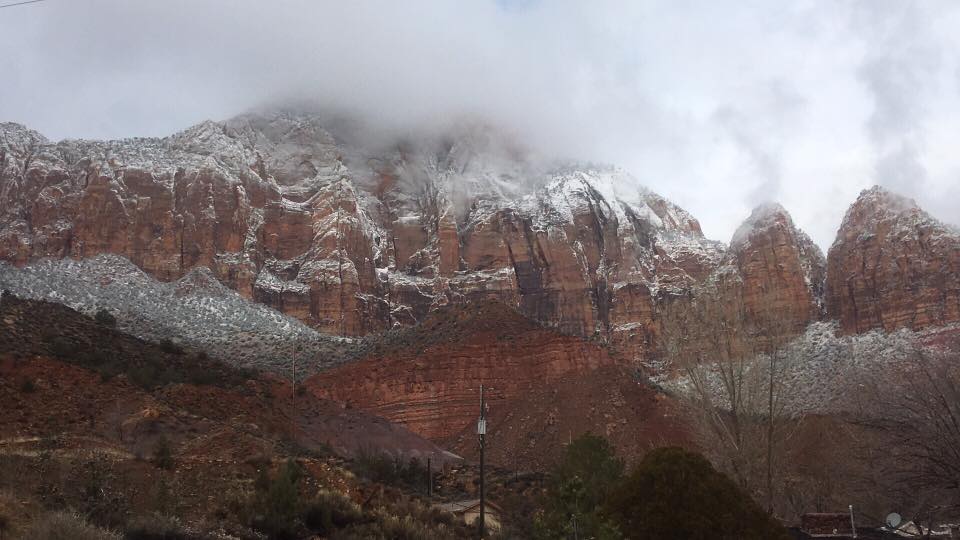

ST. GEORGE — Climbing routes on cliffs used by nesting peregrine falcons in Zion National Park will be temporarily closed beginning March 1 in order to protect these birds which are in recovery from endangered species status. The closure date is based on analysis of data collected from 2001-2015 regarding the peregrines’ arrival time to their nesting cliffs in the park.
The following cliffs will be closed to climbing beginning March 1:
- Angels Landing
- Cable Mountain
- The Great White Throne, beyond one- and two-pitch climbs
- Isaac — in Court of the Patriarchs
- The Sentinel
- Mountain of the Sun
- North Twin Brother
- Tunnel Wall
- The East Temple
- Mount Spry
- The Streaked Wall
- Mount Kinesava
- Middle Fork of Taylor Creek
- All other cliffs will remain open to climbing.
Park wildlife biologists will monitor the nesting activity of peregrine falcons throughout the 2016 breeding season. Cliffs that have been closed but are not being used for nest sites this year will be reopened when nest locations have been determined, typically by late April or early May. Those cliffs being used for nest sites this year will be monitored until the chicks fledge, usually in late July, and then will be reopened to climbing.

Zion National Park is home to a high concentration of breeding peregrine falcons each spring and summer. These magnificent birds of prey were listed as an endangered species in 1970 under the Endangered Species Act. Their decline was primarily due to the effects of DDT, an insecticide which caused the birds to produce thin-shelled eggs that were easily broken, killing the developing embryo inside.
Thanks to the U.S. ban on DDT in 1972, as well as the success of captive breeding programs, peregrine populations have recovered across North America, and the species was delisted in 1999. Zion National Park has been and continues to be an important sanctuary for peregrines and many other wildlife species.
For up-to-date information on the status and maps of the closed climbing cliffs, please check the Zion National Park climbing webpage. Climbers are responsible for checking the specific maps of the closed areas. The website will be continuously updated as cliffs are reopened.
Email: [email protected]
Twitter: @STGnews